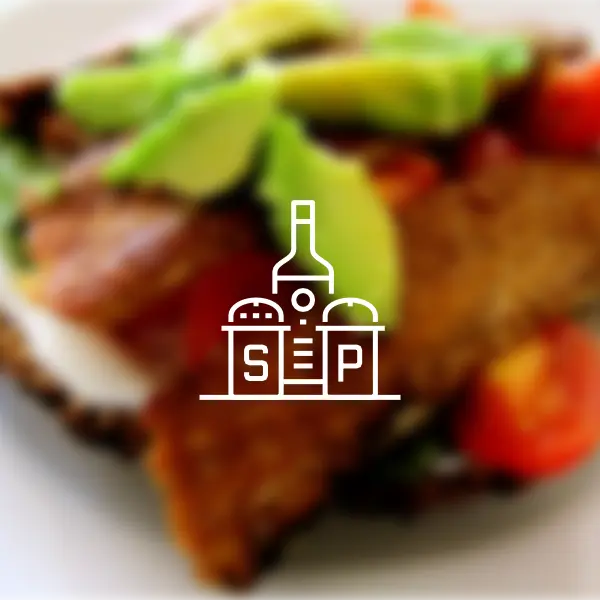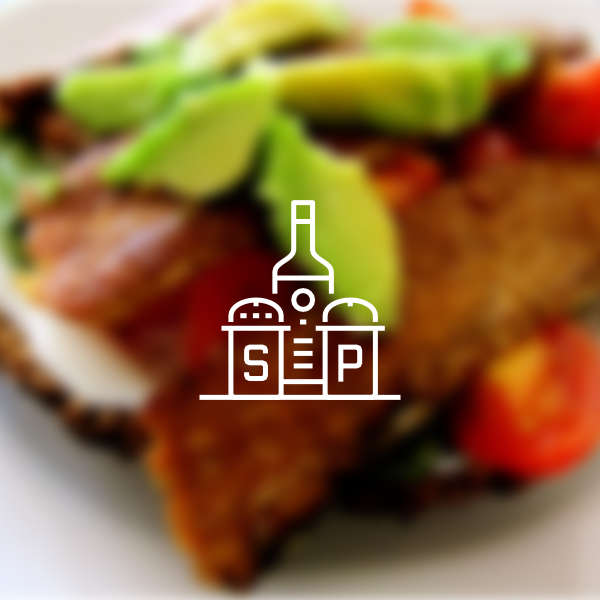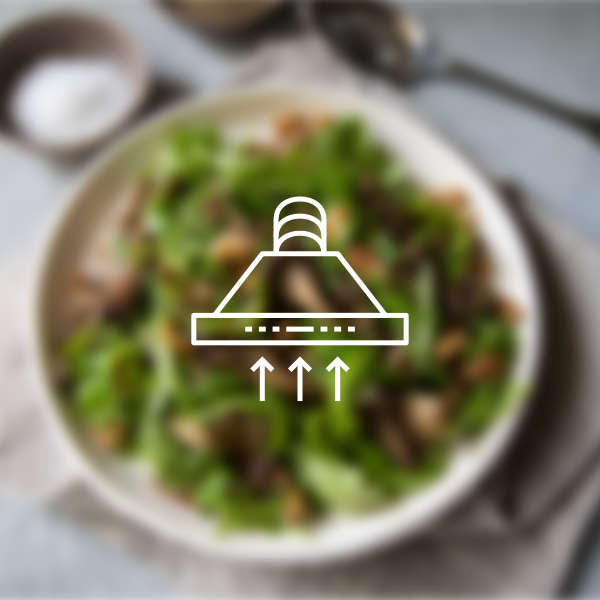Pork chop/37 recipes
by ingredients, cooking time, nutrition facts, collections
23,683 PORK CHOP/37 recipes

Making your own fish balls is the key to keeping this soup hearty and nutritious. Avoid using store-bought fish balls which can contain added cornflour, flavourings, MSG and preservatives.

You can use any type of wholegrain rice you like - but try to stick to non-white. There are many wonderful whole grain rice varieties that would work well in this dish - brown rice, red rice, or black rice.

Eggs are high in protein and contain all the essential amino acids needed for growth and repair. In addition, they contain vitamin A, omega-3 fatty acids and vitamin E. However, not all eggs are created equal: tests have confirmed that free range eggs (from hens that were allowed to roam free and were not kept in cages) are nutritionally superior and much less likely to be contaminated with disease-causing bacteria such as salmonella. They also taste better, so whenever possible always choose free range eggs.

Low in fat, butternut squash contains significant amounts of dietary fiber, making it an exceptionally heart-friendly choice. It also contains potassium, important for bone health, and vitamin B6, essential for the proper functioning of both the nervous and immune systems. Importantly, the squash is very rich in beta-carotene (which your body automatically converts to vitamin A), which has been shown to protect against breast cancer and age-related macular degeneration, among other health benefits. If that was not enough, a single cup serving provides nearly 50% of the daily recommended dose of vitamin C.

Choose wild salmon to reap the health benefits of this fatty fish. Wild salmon is easily identifiable as its flesh is bright red and contains very little fat (very thin white stripes in the flesh). Since wild salmon swim in the wild eating what nature intended them to eat, their nutritional profile is more complete. Farmed salmon, by comparison, are fed an unnatural diet of soy and corn (never found naturally growing in the ocean!) along with chicken and feather meal. This unnatural diet means that the nutritional content of farmed salmon is markedly different from the wild variety. In particular, its omega-3 fatty acid content is much lower. Farmed salmon also contain a lot more fat (since they can't swim around as freely) and are often carriers of toxic viruses.

Pecan pie in a bar.

A hearty and wholesome beef stew.







